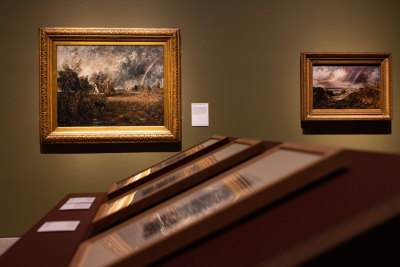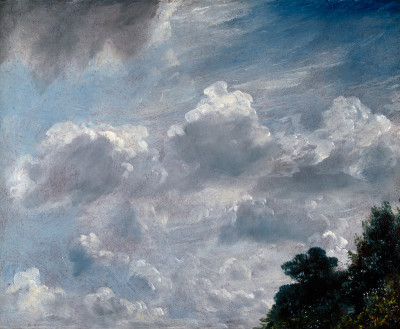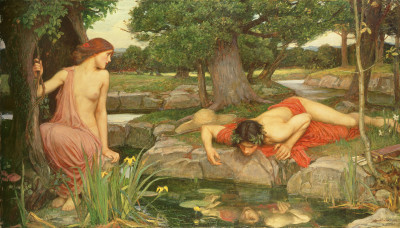Artist of the month: March 2015
Artist of the month: March 2015
Stanley Anderson RA
By The RA Collections Team
Published 3 March 2015
A key figure in the revival of line engraving in the 1920s, Stanley Anderson RA (1884–1966) is best known for his series of prints memorialising England’s vanishing rural crafts.
-
Stanley Anderson was a painter and printmaker who was one of the first artists to promote the modern revival of line engraving in Britain. Today he is best-known for his prints featuring workers and craftsmen of England’s traditional farming and handiwork practices, which were fast disappearing in the wake of increasing modernisation.
Anderson had great admiration for these manual labourers, whom he would often befriend. His diploma work, The Wheelright (pictured) – given to the RA on his election as an Academician – depicts the workshop of George Scott at Sheepscombe in Gloucstershire, where the worker is shown assembling a wheel for a wagon.
Anderson recalled that while at the workshop, a wagon pulled up that had been made by Scott’s grandfather nearly ninety years before. Apart from needing two new floor boards, it “otherwise was as sound as a bell”. The quote below the image comes from Alexander Pope’s Ode on Solitude, which praises the labour of a man intending to serve the local community, rather than the broad market which demanded mass-manufacture and consequently inferior quality of production.
Similarly farming scenes, particularly those emphasising the bond between the farmer and his animal, give a glimpse of rural English life. The title Three Good Friends (pictured) emphasises the bond of companionship and trust between the farmer and the workhorses.
-

Stanley Anderson RA, The Wheelwright, 1939.

Stanley Anderson RA, Three Good Friends, 1950.
-
Anderson also made a range of cityscapes and views, not only of England, but also inspired by his visits to the Continent. He was particularly drawn to busy market and port scenes, depicting the everyday life and particular atmosphere of a place. Within the Ramparts, St Malo (pictured) shows the Place du Poids du Roi in the old town of St Malo on the Britanny coast. Anderson conveys the bustling port town with this scene viewed from the gate leading to the inner harbour. The advertisement for Ripolin laquer and the sign for the Hôtel de la Pomme d‘Or, which was one of the few buildings to survive the fire that almost completely destroyed the old town in 1944, emphasise the character and history of the place.
Anderson also depicted a range of figure subjects demonstrating his acute observation of an individual’s mannerisms, particularities and physical characteristics. Shelter (pictured) shows an elderly woman sheltering from the rain with her shopping basket beside her. She appears to be sitting in the porch of a church, and her quiet manner and interlocked hands resting in her lap give a sense of solidity and security of one content with their way of life.
-

Stanley Anderson RA, Shelter, detail, 1935.

Stanley Anderson RA, Within the ramparts of St Malo, 1929.
-
An Abiding Standard: The Prints of Stanley Anderson will be in the Tennant Gallery until 24 May 2015.







